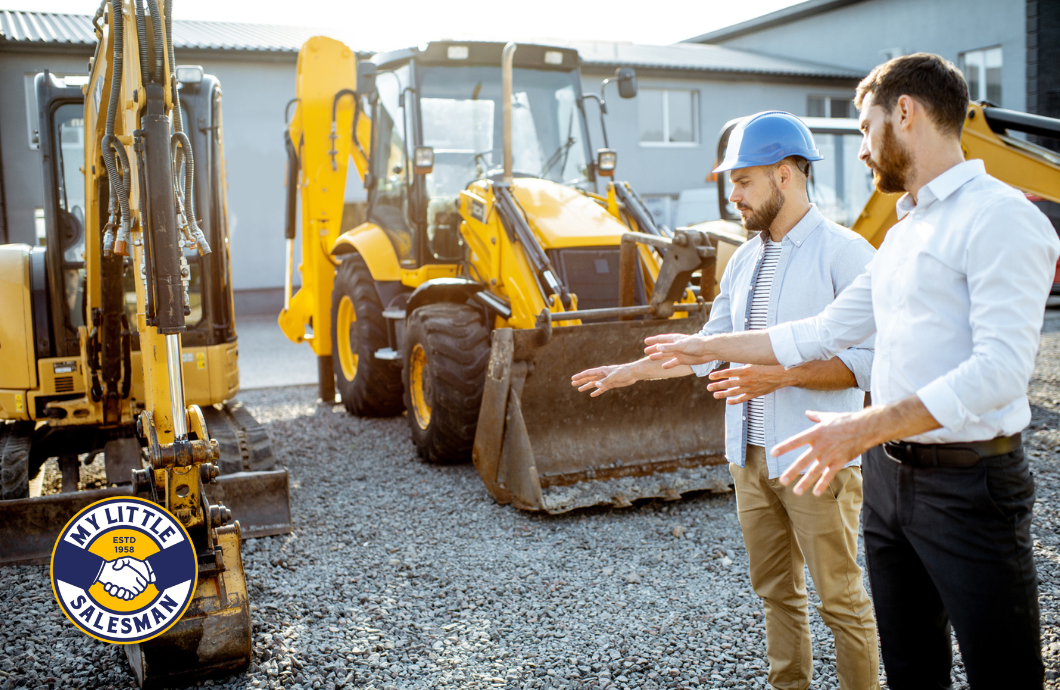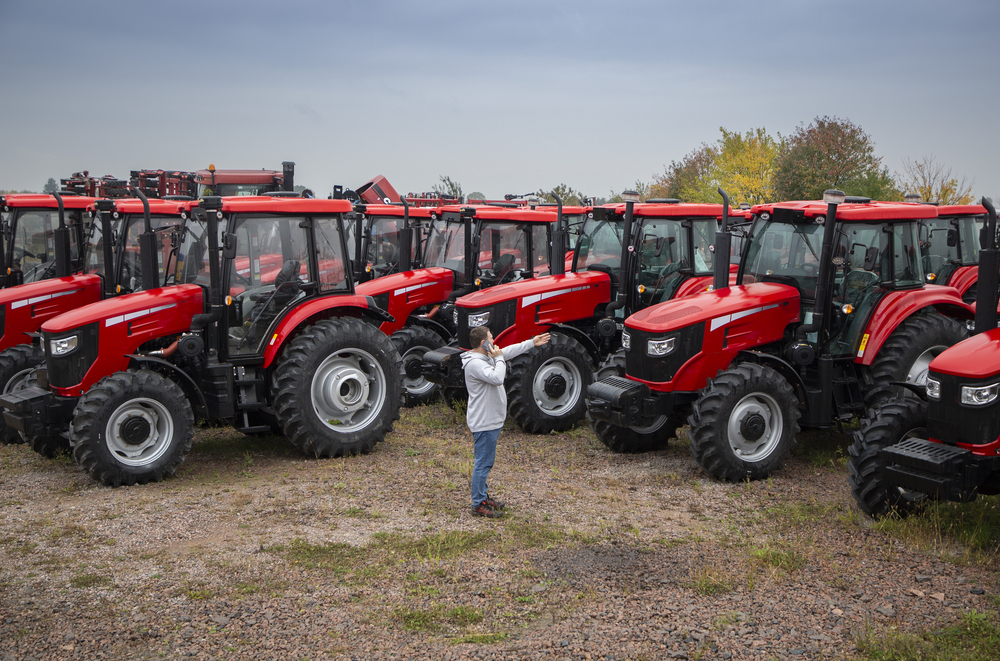
Table of Contents:
- Why is Comparing Construction Equipment Prices Crucial?
- What Are the Key Factors Affecting Equipment Prices?
- How Can I Effectively Compare Prices Across Different Brands?
- Where Can I Find Reliable Price Data for Construction Equipment for Free?
- What Are the Common Pitfalls in Equipment Price Comparison?
Understanding the Market

To be smart with your company's construction equipment budget, you face the challenge of balancing quality and cost—comparing prices to ensure you're getting the best value for your investment.
If you were buying cars, trucks, or other commercial vehicles for your company, you would have an array of free price comparison tools at your fingertips from various sources. Unfortunately, comparing construction equipment prices can be a bit trickier.
This guide is designed to help you better compare construction equipment prices at low or no cost—making sure you're comparing apples to apples instead of apples to used excavators—and much more!
Let's dive into knowing the factors that influence prices.
Market Dynamics and More
Across industries, prices are influenced by brand reputation, technology advancements, and market demand. But there are various other factors impacting costs.
Let's look at the top main five factors that impact the price of used construction equipment.
1. Age and Condition
The age of the equipment naturally plays a significant role in its valuation—with newer machinery typically demanding a higher price due to less time-based depreciation. However, the condition of the equipment often plays an even more critical role.
Unlike cars for the most part, a well-maintained piece of older equipment can be just as valuable as a newer one—depending on its upkeep and usage history.
Conversely, equipment that has not been properly maintained can see a substantial drop in value, regardless of its age. Much more than automobiles, the value of a piece of equipment is greatly influenced by how well it has been cared for over its lifespan.
2. Make and Model
The brand and model of construction equipment are major factors in determining its market price.
Some brands, such as Caterpillar, have a reputation for reliability and durability—which can help their equipment retain value better than lesser-known brands.
Additionally, the specific model as well as its features can impact the price. Standard models with broader applications are often more in demand. Specialized equipment may have a more limited market due to its narrow application.
3. Supply and Demand
The classic principle of supply and demand plays into pricing used construction equipment. Equipment that is in high demand but short in supply will naturally fetch a higher price.
On the other hand, prices may fall for particular models of construction equipment if the market is plentiful.
Regional demands and the specific needs of various industries can also affect this dynamic. Equipment needed in peak seasons or for specific projects may be valued higher due to increased demand at those times and less expensive during the offseason.
4. Location and Transportation Costs
The location of the equipment and the associated transportation costs can significantly impact its final price.
Equipment located far from the buyer may require substantial transportation and shipping costs—especially for heavy machinery, which can add to the overall cost of the purchase. This factor is especially important to consider in international sales or when equipment needs to be moved across long distances.
5. Hidden Costs
When considering the purchase of used construction equipment, it's essential to account for potential hidden costs. These can include inspection fees, financing charges, and the cost of any necessary attachments or modifications.
Such expenses, while not always immediately apparent, can accumulate and should be factored into the total cost of ownership to avoid any surprises down the line.
With these factors in mind, comparing different brands becomes a nuanced task.
Brand Comparison Strategies
Look beyond the price tag—which only tells a small part of the story of what it truly costs to own a piece of heavy equipment. Consider the total cost of ownership, which includes maintenance, fuel efficiency, and resale value.
To help you make sense (and cents) of understanding the true cost of ownership, we created a video and guide entitled The True Cost of Heavy Equipment.
But even though you have a handle on possible associated costs, having reliable price data is the foundation of effective comparison.
There are a range of places to begin your price research process for free. Let's look at a few.
Online Marketplaces
To get an idea of going rates for a particular piece of construction equipment in real time, you can do some free research by looking at online construction equipment marketplace websites, carefully calibrating the search filters to your needs, and begin pooling the results. In doing this, you can begin to not only see the price range for a particular model but also what differentiators impact the price.
Government Reports
While not offering direct price tags, free government resources like the Bureau of Labor Statistics' Producer Price Index (PPI) and the Federal Reserve Bank of St. Louis Economic Data (FRED) empower you to compare construction equipment model pricing data.
By keeping tabs on a relevant a Price Index series over time, you can track price fluctuations for specific machinery types and compare trends across equipment categories.
Failing to Look at All Costs
As you begin to look at equipment prices, you may be confused by what may be severe price fluctuations between seemingly similar models. However, as we've mentioned in previous sections of this guide, it pays to make sure you're comparing apples to apples, oranges to oranges.
What do we mean by this?
Certain listings may seem the same on the surface but the devil is in the details.
Some listings may leave out attachments, including extra fees for handling, differences in registration statutes, tax conditions between locations, and the like.
When you don't take the time to properly compare what you're paying for versus what you're getting, this can be a recipe for an unwanted surprise.
Go Forth & Shop Intelligently
Whether you're ready to buy or you're still in the research phases, your friends from My Little Salesman can help. Look through thousands of online listings of new and used construction equipment for sale. Compare specifications, prices, and much more.